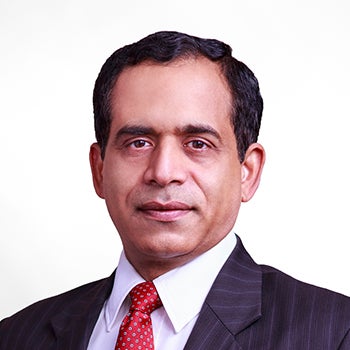Following the inclusion of India government bonds into JPMorgan’s emerging market sovereign bond index, MSCI raised India’s weightage in Global Standard (Emerging Markets) index to 16.3% from 15.9% in its latest rebalancing.1 The adjustment is expected to attract a net inflow of $1.5 billion.2
There are countless investment opportunities in India, and we selected four fundamental trends that are worth long-term investors’ attention. Based on these trends, we are positive on financials, manufacturing and consumers sectors.
Four megatrends that are shaping the future of India
Digital economy is expanding at a rapid pace
- Digitalisation is a key theme in India, in particular the digital adoption in financial services and ecommerce.
- UPI (Unified Payments Interface), an instant payment system for Indian nationals, has seen significant growth since its launch in 2016.
- Ecommerce market share is expected to grow from US$155 billion in 2022 to US$900 billion by 2030.3







